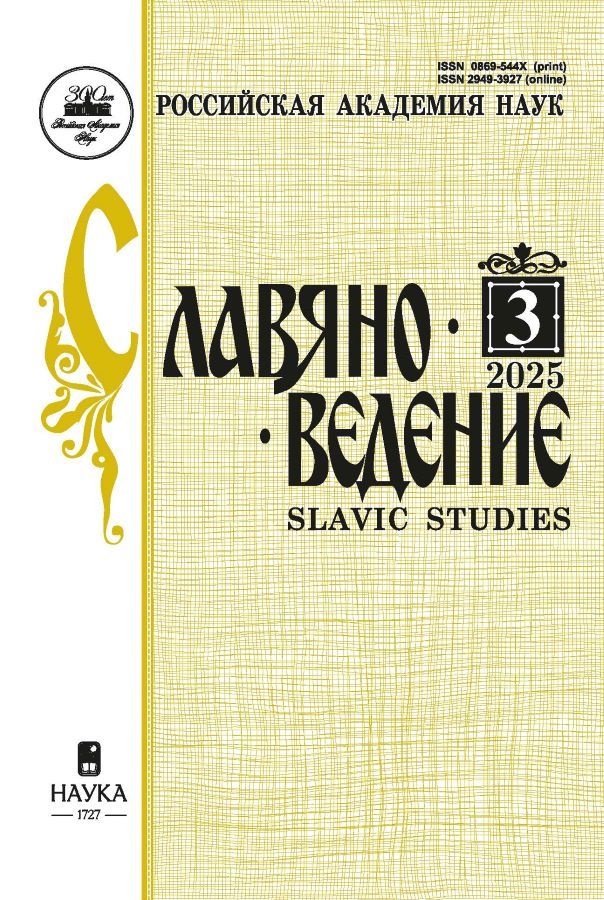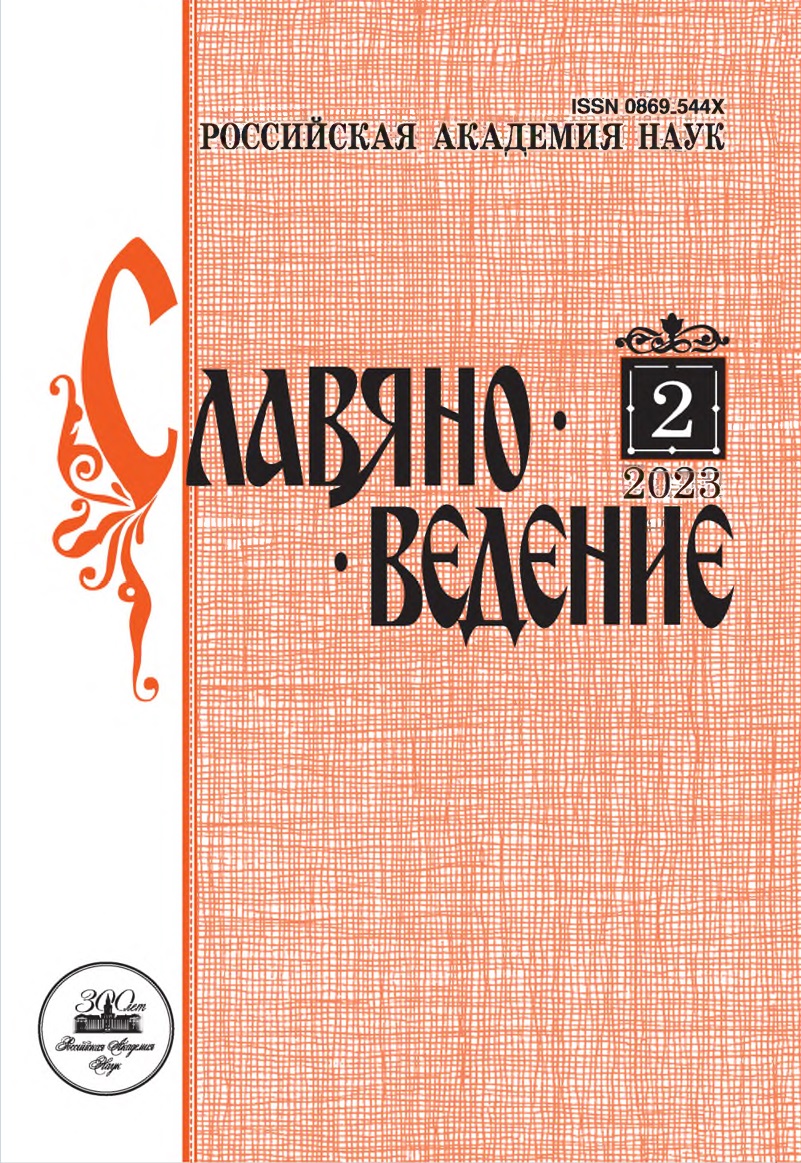The Petition of the Bohemian Estates to Sigismund of Luxemburg in the Year 1419: Its Pro-Hussite Orientation Revisited
- Authors: Naumov N.N.1
-
Affiliations:
- Lomonosov Moscow State University
- Issue: No 2 (2023)
- Pages: 102-114
- Section: Articles
- URL: https://rjmseer.com/0869-544X/article/view/652541
- DOI: https://doi.org/10.31857/S0869544X0025358-6
- ID: 652541
Cite item
Abstract
The paper undertakes an analysis of the Old Czech and Middle High German versions of the petition that was sent to Sigismund of Luxemburg from Bohemia in 1419. The circumstances surrounding the composition of the petition are examined.The paper undertakes an analysis of the Old Czech and Middle High German versions of the petition that was sent to Sigismund of Luxemburg from Bohemia in 1419. The circumstances surrounding the composition of the petition are examined. The author has arrived to the conclusion that the petition has been written on the initiative of the land consuls of Bohemia who represented the Bohemian nobility. The goal of the petition was to protect the public order in the kingdom with the help of Sigismund’s influence who has been proclaimed as the «new king». As local authorities the land consuls aimed to prevent religious clashes between the Utraquists and those who sticked to the traditional Catholic rite of Communion. For this purpose they threatened to expel from the country those Catholics who called Utraquism a heresy, as well as those Utraquists who «have sworn an oath against those who call them Wyckleffits and Hussites». The Prague communities joined the land consuls in composing the petition first after the revolt of Prague against the Queen Dowager Sophie had been suppressed by the league of Catholic and Utraquist nobles. However, not every request added by the Prague Hussites has been included in the final German version received by Sigismund.
Full Text
About the authors
Nikolay Nikolaevich Naumov
Lomonosov Moscow State University
Author for correspondence.
Email: nn-naumov@mail.ru
Russian Federation,
References
- Крылов П.В. Гуситское движение – война «за свободу закона Божия» // Европейская Реформация и ее возможные аналоги в России / под ред. С.А. Исаева и П.В. Седова. СПб.: Нестор-История, 2017. С. 36–103.
- Наумов Н.Н. Сигизмунд Люксембургский и чешская аристократия в преддверии Гуситских войн // Славяноведение. 2017. № 4. С. 21–30.
- Наумов Н.Н. Петиция чешских сословий Сигизмунду Люксембургскому 1419 года: анализ источников // Славяноведение. 2022. № 4. С. 13–26.
- Bartoš F.M. Husitská revoluce. Praha: ČsAV, 1965. D. 1. 236 s.
- Čornej P. Velké dějiny zemí Koruny české. Praha: Paseka, 2000. D. 5. 789 s.
- Čornej P. Světla a stíny husitství. Praha: Lidové noviny, 2011. 481 s.
- Elektronický slovník staré češtiny [сайт]. URL: Vyhledávání [jako] (cas.cz) (дата обращения: 16.04.2022)
- Hlaváček I. Husitské sněmy // Sborník historický. 1956. Sv. 4. S. 71–109.
- Hruza K. Liber Pauli de Slauikouicz. Der hussitische Codex 4937 der Österreichischen Nationalbibliothek in Wien und sein ursprünglicher Besitzer // Handschriften, Historiographie und Recht. Winfried Stelzer zum 60. Geburtstag / hrsg. v. Gustav Pfeifer. Wien; München, 2002. S. 128–152.
- Mezník J. Dva problémy z počátků husitské revoluce // Český časopis historický. 1967. R. 15. Č. 2. S. 193–203.
- Mittelhochdeutsches Wörterbuch mit Benutzung des Nachlasses von G.F. Benecke. Leipzig, 1866. Bd. 2. T. 2 / Ausgearbeitet von Wilh. Müller und F. Zarncke. 815 S.
- Palacký Fr. Dějiny národu českého w Čechách a w Morawě. D. 3. Č. 1. Praha: J.G. Kalve, 1850. 542 s.
- Palacký Fr. Die Geschichte des Hussitentums und Prof. Constantin Höfler. Kritische Studien. Prag: F. Tempsky, 1868. 168 S.
- Pekář J. Žižka a jeho doba. D. 3. Praha: Vesmír, 1930. 330 s.
- Pekář J. Žižka a jeho doba. D. 4. Praha: Vesmír, 1933. 295 s.
- Schneider J. Eberhard Windeck und sein Buch. Studien zur Entstehung, Funktion und Verbreitung einer Königschronik im 15. Jahrhundert. Wiesbaden: Franz Steiner, 2018. 369 S.
- Šmahel F. Husitská revoluce. Praha: Univerzita Karlova, 1993. D. 3. 417 s.
- Tomek W.W. Dějepis města Prahy. D. 4. Praha: F. Říwnáč, 1879. 747 s.
Supplementary files











